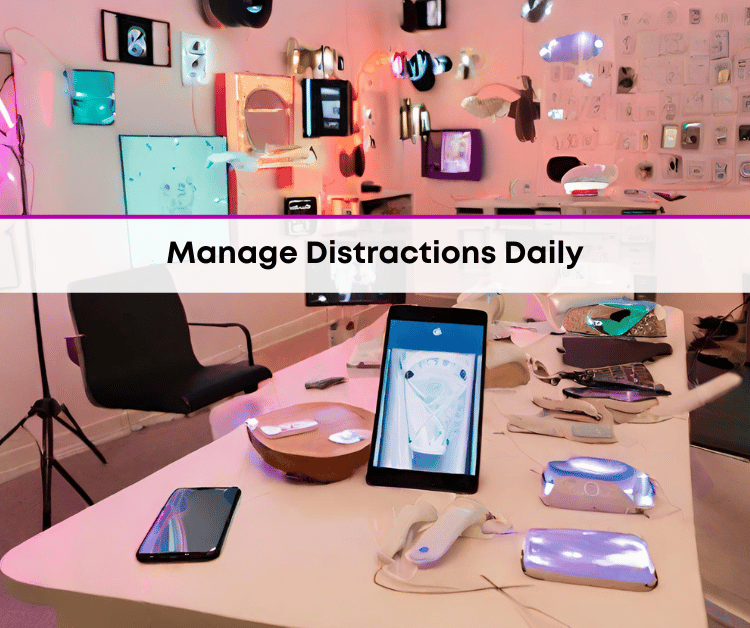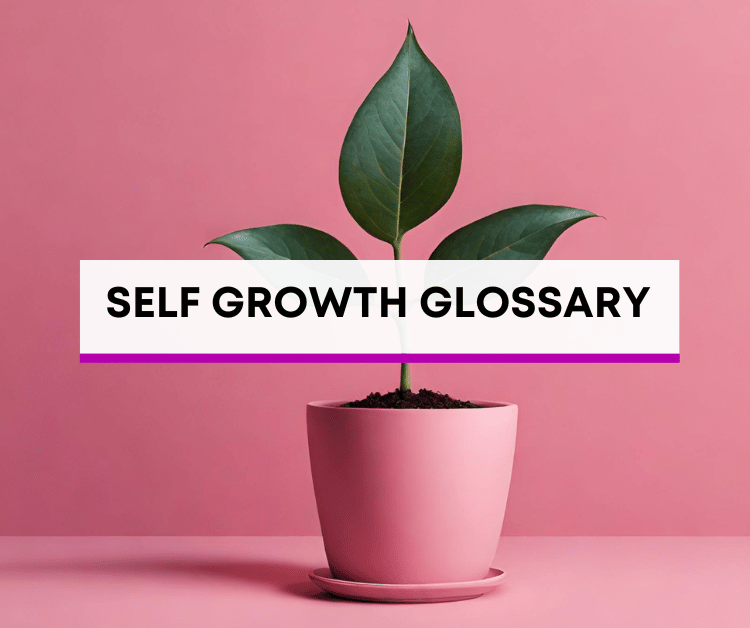
Distractions are a common pain point in our daily routines, often hindering our ability to stay focused and productive.
From the constant ping of notifications to the clutter on our desks, these distractions can make it challenging to accomplish our goals.
In this post, we’ll explore five easy strategies to help you tackle distractions effectively on a daily basis and reclaim control over your time. Let’s get started!
What Can I Do to Manage Distractions Daily?
A CareerBuilder survey found that 55% of people consider their cellphone their biggest distraction, followed by the internet (41%), and social media (37%).
However, distractions can be just about everywhere, and they can exhaust you faster than you realize.
Let’s dive into these five must-know ways to manage distractions daily:
- Manage Your Space
- Manage Your Mood and Energy
- Manage Your Priorities
- Know Your Limits
- Control Interruptions
1. Manage Your Space
Keeping things neat and tidy around you is important for staying focused and getting things done.
When our space is messy, it can make us feel stressed and make it hard to concentrate.
*As an Amazon Associate, we earn from qualifying purchases at no additional cost to you.
But by organizing and cleaning up our area, we can make it easier to stay on track and avoid wasting time and energy.
Here’s what you can do to improve:
- Get rid of stuff you don’t need.
- Put everything in its place.
- Keep things simple and tidy to help you stay focused and avoid distractions.
By taking care of our space, we can make it easier to stay productive and get things done.
2. Manage Your Mood and Energy
It’s important to manage how you feel and your energy levels to stay focused and get things done.
When you’re tired or stressed, it’s hard to concentrate. But by paying attention to how you’re feeling, you can keep your energy up and stay positive. Here’s what you can do:
- Take breaks to rest and recharge.
- Do things that make you feel good, like listening to music or going for a walk.
- Make sure to eat and drink enough to keep your energy levels steady. Pay attention to how you feel after eating or drinking something to see what works best for you.
By looking after your mood and energy, you can stay productive and avoid wasting time.
3. Manage Your Priorities
Managing your priorities is key to staying focused and getting things done efficiently.
When we’re clear on what needs to be done first, we can tackle tasks more effectively and avoid feeling overwhelmed.
Here’s how you can improve:
- Make a list of tasks and prioritize them based on importance.
- Focus on completing high-priority tasks before moving on to less urgent ones.
- Break larger tasks into smaller, manageable steps to make them less daunting.
By managing your priorities effectively, you can stay on track and make the most of your time.
4. Know Your Limits
Knowing your limits and understanding the consequences of your actions is important for staying balanced and avoiding burnout.
When we push ourselves too hard or take on too much, it can lead to stress and exhaustion. Here’s what you can do to improve:
- Recognize when you’re feeling overwhelmed or stressed and take steps to address it, such as taking breaks or delegating tasks.
- Be mindful of how your actions impact your well-being and productivity.
- Set boundaries and prioritize self-care to prevent burnout and maintain a healthy work-life balance.
By knowing your limits and understanding the cost of your actions, you can protect your well-being and ensure long-term success.
5. Control Interuptions
Did you know that it would take approximately 21 interruptions to soak up the entire 8-hour workday?
This is based on the fact that 98% of workers report experiencing at least 3-4 interruptions daily, taking an average of 23 minutes and 15 seconds to regain focus after each one.
When we’re constantly interrupted or pulled away from our tasks, it can be challenging to accomplish our goals.
Here’s what you can do to improve:
- Identify common distractions and take steps to minimize them, such as turning off notifications or setting specific times for checking email.
- Create a distraction-free work environment by removing clutter and setting boundaries with others.
- Stay disciplined and avoid temptations that may lead to distractions, such as checking social media or browsing the internet.
By controlling distractions effectively, you can stay on track and make the most of your time.
Examples of Daily Distractions
Knowing how to spot distractions is key to longterm success. Here is a list of daily distractions you may run into.
- Social Media: Endless scrolling on platforms like Facebook, Instagram, Twitter, and TikTok.
- Email Overload: Constantly checking and responding to emails throughout the day.
- Phone Calls: Interruptions from incoming calls, whether work-related or personal.
- Text Messages: Frequent notifications and conversations via text messaging apps.
- Meetings: Attending meetings or discussions that may not always be necessary.
- Multitasking: Trying to juggle multiple tasks simultaneously, which can lead to decreased productivity.
- Noise: Background noise from coworkers, traffic, or construction that disrupts concentration.
- Procrastination: Delaying important tasks in favor of less urgent or enjoyable activities.
- Environmental Distractions: Cluttered workspace, uncomfortable seating, or poor lighting.
- Personal Errands: Managing personal tasks or errands during work hours.
- Socializing: Engaging in conversations with coworkers or friends that take away from work time.
- Internet Surfing: Browsing the web for non-work-related content or entertainment.
- Snacking: Constantly grazing on food throughout the day, leading to breaks in focus.
- Daydreaming: Losing focus and getting lost in thoughts or fantasies.
- Notifications: Alerts from apps, websites, or devices that pull attention away from tasks.
- News Updates: Keeping up with current events or news updates throughout the day.
- Personal Habits: Smoking breaks, excessive coffee breaks, or other personal routines that disrupt workflow.
- Household Chores: Thoughts or tasks related to household chores or responsibilities.
- Commuting: Time spent traveling to and from work, which may involve traffic or delays.
- Family Obligations: Managing family responsibilities or childcare duties during work hours.
These distractions can vary depending on individual circumstances and work environments, but they all have the potential to impact productivity and focus. Recognizing and managing these distractions is essential for maintaining efficiency and achieving goals.
Conclusion
In short, managing daily distractions is key to staying focused and reaching our goals.
By setting boundaries and staying disciplined, we can make the most of our time and achieve greater success.
Remember, it’s all about controlling distractions like social media, emails, phone calls, multitasking, and environmental factors.
So let’s keep distractions at bay, stay focused, and make every moment count toward our aspirations.
Bonus: Bestselling Resources for Distractions
- Audible Audiobook
- Nir Eyal (Author) - Nir Eyal (Narrator)
- English (Publication Language)
- 08/06/2019 (Publication Date) - Audible Studios (Publisher)
- Amazon Kindle Edition
- Arthur, Kay (Author)
- English (Publication Language)
- 109 Pages - 02/07/2012 (Publication Date) - WaterBrook (Publisher)
- Amazon Kindle Edition
- Scroggins, Clay (Author)
- English (Publication Language)
- 206 Pages - 09/24/2019 (Publication Date) - Zondervan (Publisher)






